North York Mirror
January 31, 2014
Toronto’s strong neighbourhoods strategy: how to select Neighbourhood Improvement Areas? by Fannie Sunshine
If the current 13 Neighbourhood Improvement Areas (NIAs) lose that designation, the city needs to have a plan in place to help make the transition as smooth as possible.
That sentiment was expressed by Tammie Orifa, manager of employment services for JVS Toronto’s Jane Street and Finch Avenue site, who was one of about 70 people who came out to North York Civic Centre Thursday, Jan. 30 for a Strong Neighbourhoods Strategy 2020 discussion with the project team to help select criteria in relaunching NIAs for council’s approval, which may see some designations revoked.
Community consultations were held last fall, and Thursday’s meeting was a consultation process for criteria in choosing NIAs, which is based on community input and the Urban Heart data tool, a set of equity-focused criteria including voter participation, walkability and self-reports of good mental health.
A city steering committee will make its final recommendations in February for council consideration, with council approval slated for April.
From 2005 to 2008, the city designated 13 neighbourhoods as “priority,” which meant extra funding from the city and United Way for things such as programming and health services, along with waiving fees for recreational activities.
The term “priority” was renamed “improvement” in 2011 by council, which felt the word was less stigmatizing.
Currently, the 13 neighbourhoods are Scarborough Village, Eglinton East/Kennedy Park, Weston-Mount Dennis, Lawrence Heights, Steeles-L’Amoreaux, Jane-Finch, Westminster-Branson, Flemingdon Park-Victoria Village, Dorset Park, Jamestown, Malvern, Kingston-Galloway and Crescent Town.
Another issue is resources can only support 12 NIAs, due to staffing cuts.
Thursday’s participants were asked to select NIA criteria options from two proposals – equal weighting and explanatory power.
With the first option, NIAs would be chosen based on the greatest overall level of inequity across physical surroundings, healthy lives, participation in decision making, social development and economic opportunities.
The second option would see NIAs chosen by placing greater emphasis on the inequities that explain most of the difference across the neighbourhoods.
“I’m quite concerned,” said Orifa, who prefers the latter option. “The community needs a lot of support and now is not the time to withdraw that.”
The NIA designation has allowed her site to get targeted program funding for troubled youth, something that might not have happened without the label.
While Orifa favours re-evaluating the NIA process, if Jane and Finch loses the designation it will have huge impacts on the community.
“The neighbourhood doesn’t have the economic structure other neighbourhoods have,” she said. “There needs to be a plan in place to deal with this.”
Scott McKean, manager of the city’s social development, finance and administration department, said from a city of Toronto perspective, these are very difficult discussions to have because of the unknowns.
“We need to be creative with how we do business as a city,” he said.
A second discussion was held at North York Civic Centre Thursday, and one was held at Metro Hall Friday, Jan. 31.
Read the full article here.


maryam says
hi,please learn me how can i find a job